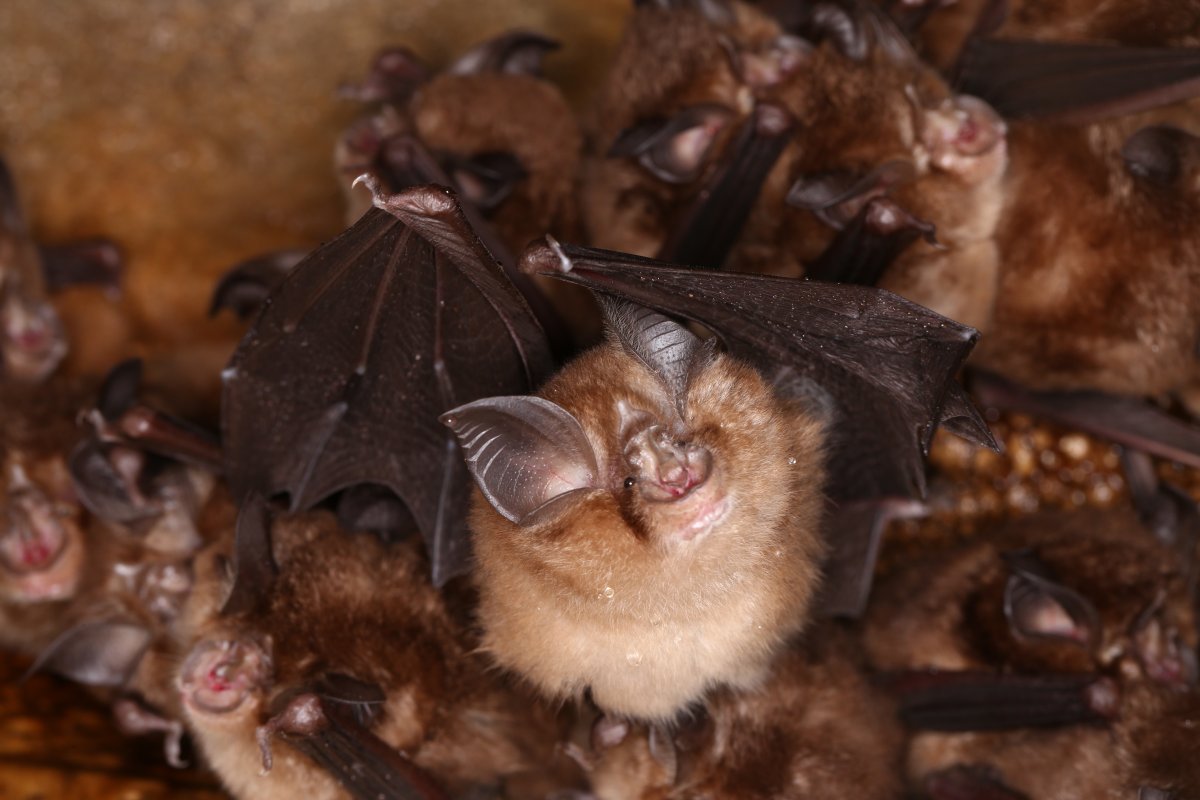Scientists who spent five years researching the origin of severe acute respiratory syndrome (SARS) may have found the source of the deadly virus in a remote cave in southern China.

The Chinese virologists identified a single population of horseshoe bats that have “all the genetic building blocks” of the virus.
READ MORE: Doctors monitoring new coronavirus years after SARS outbreak
On Nov. 30, the researchers released a report in PLoS Pathogens, stating not only do the bats carry the killer strain but there are also ingredients in place for a similar disaster to arise.
The deadly virus first appeared in China in 2002 and soon spread throughout the world, triggering a global health emergency as it infected thousands of people.
WATCH: SARS survivors in Toronto share their haunting stories of fighting for their lives
The SARS outbreak killed around 774 people. In Canada 44 people died from the outbreak, around 400 became ill, and 25,000 Toronto residents were placed in quarantine.
How scientists may have found the origin
After the outbreak, scientists traced the origin to horseshoe bats and identified the culprit as SARS coronavirus. They said the strain originated in the bats and then spread either directly to humans or to animals later purchased by people at markets.
But there was still doubt about this hypothesis because SARS strains found in bats are genetically distinct from the specific virus in people.
Beginning in 2011, a team of Chinese researchers spent five years studying horseshoe bats in the Yunnan Province in southern China. Wearing gloves, protective outerwear and safety glasses, the scientists trapped the bats and collected samples from guano (bat droppings).
The team found 15 strains of the SARS virus, which contained all the genetic building blocks of the human SARS virus (coronavirus). Although not one bat had the coronavirus, the researchers hypothesized that genetic recombination of these strains may have led to the deadly outbreak in 2002.
WATCH: Years later, is Canada is prepared for a similar SARS outbreak?
Risk of another outbreak
The cave where the elements of SARS was found is around 1.1 kilometres from the nearest village, which indicates a potential risk of exposure to bats for the local residents, the authors wrote in the report.
“The risk of spillover into people and emergence of a disease similar to SARS is possible,” they stated.
The team proposed monitoring the bats in the cave, as well as in other sites that may pose a similar risk, to determine if a spillover has already happened and to “design intervention strategies to avoid future disease emergence.”




Comments